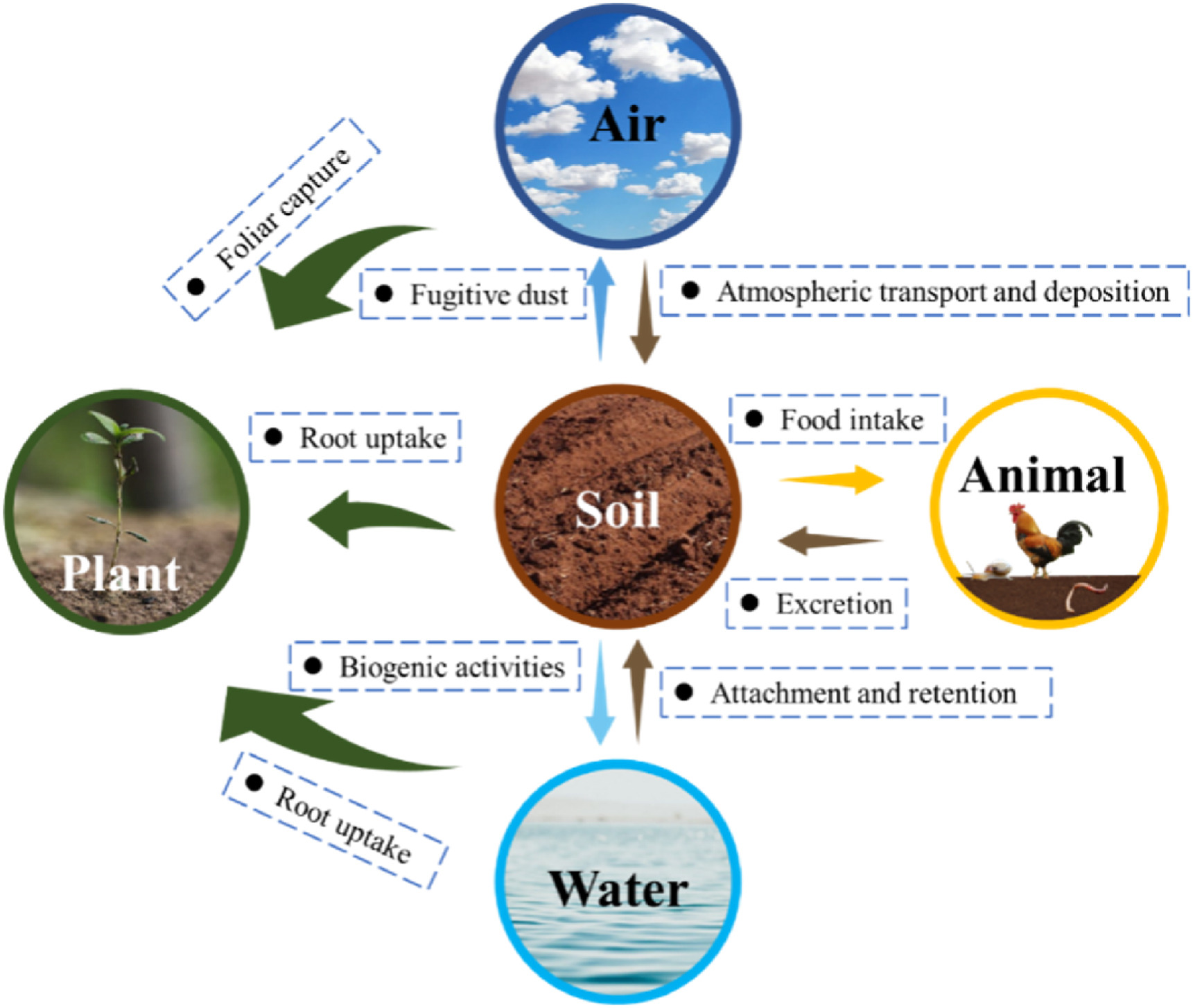Micro- and nanoplastics in soil ecosystems: Analytical methods, fate, and effects
As emerging contaminants, microplastics and nanoplastics (MPs/NPs) are increasingly widespread in soil environment. The present paper reviews available analytical methods for detecting MPs/NPs in soil and plants, and examines the migration processes of MPs/NPs at multiple interfaces as well as the potential toxic effects of MPs/NPs. Without standard methods to trace MPs/NPs in different environmental compartments, indoor simulation experiments were mainly adopted in previous studies, differing greatly from MPs/NPs in actual environments. Therefore, Prof. WANG Fang and her team from the Institute of Soil Science, CAS, propose that new research should particularly 1) focus on realistic environmental concentrations and surrogates that mimic types, shapes, and sizes of MPs/NPs in natural environments; 2) develop novel methods to improve our understanding of multi-interface migration and transformation of MPs/NPs in the soil-plant system; and 3) advance towards an in-depth assessment of potential toxic effects of MPs/NPs on soil organisms to provide a scientific basis for the effective control of MPs/NPs pollution.This study was published in Trends in Analytical Chemistry on Sept. 25, 2023.
Fig1. Purification, separation, and characterization methods for microplastics (MPs) and nanoplastics (NPs) in soils and plants. * implies that the method is applicable to nanoplastics (NPs) as well.
Fig2. Multi-interfacial migration pathways of microplastics (MPs) and nanoplastics (NPs) in the terrestrial environment.
Fig3. Foliar and root uptake pathways and stem transport of nanoplastics (NPs) in plants.
Contact:
Wang Fang
Institute of Soil Science, Chinese Academy of Sciences
Email: wangfang@issas.ac.cn
Web: http://english.issas.cas.cn/



